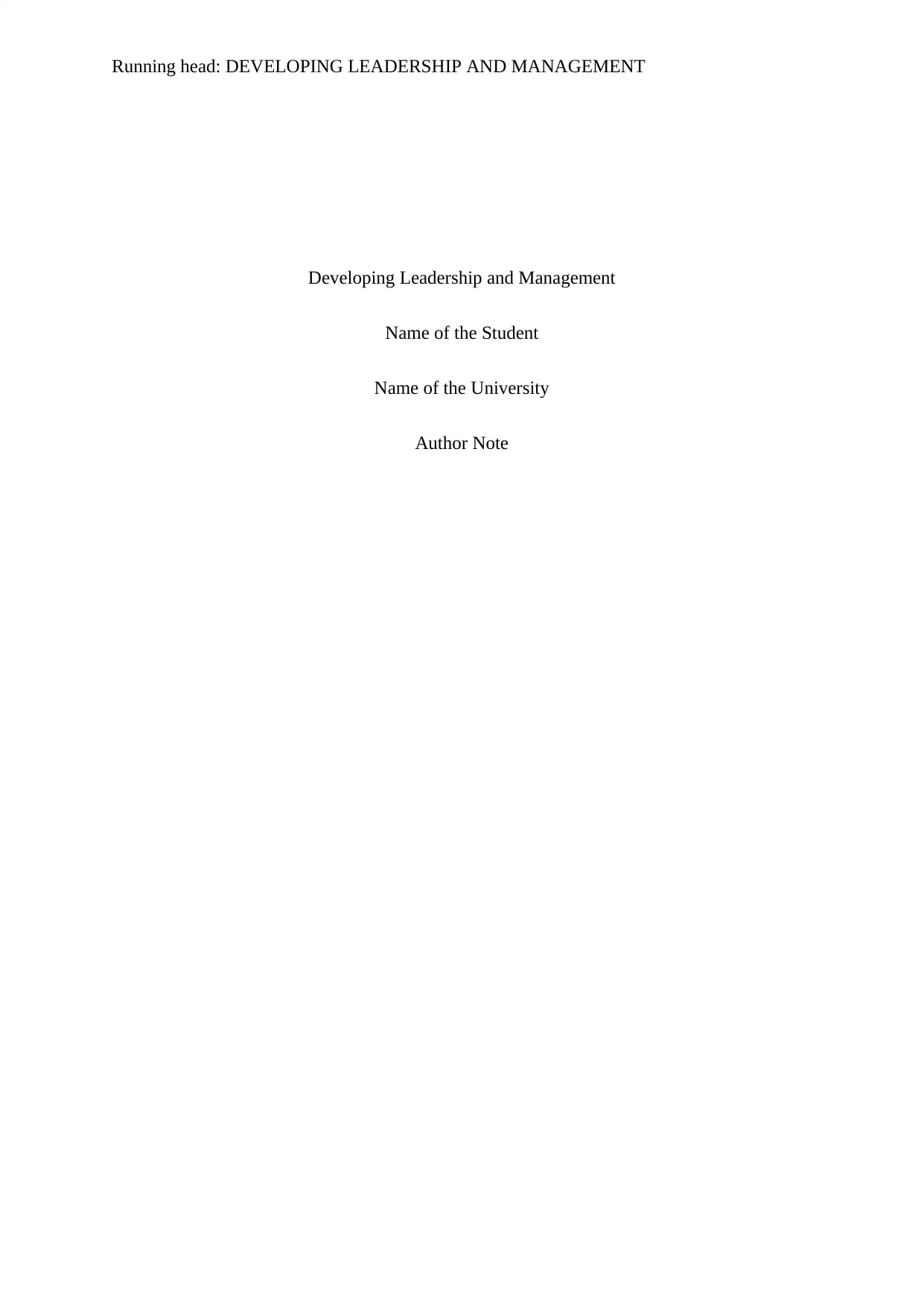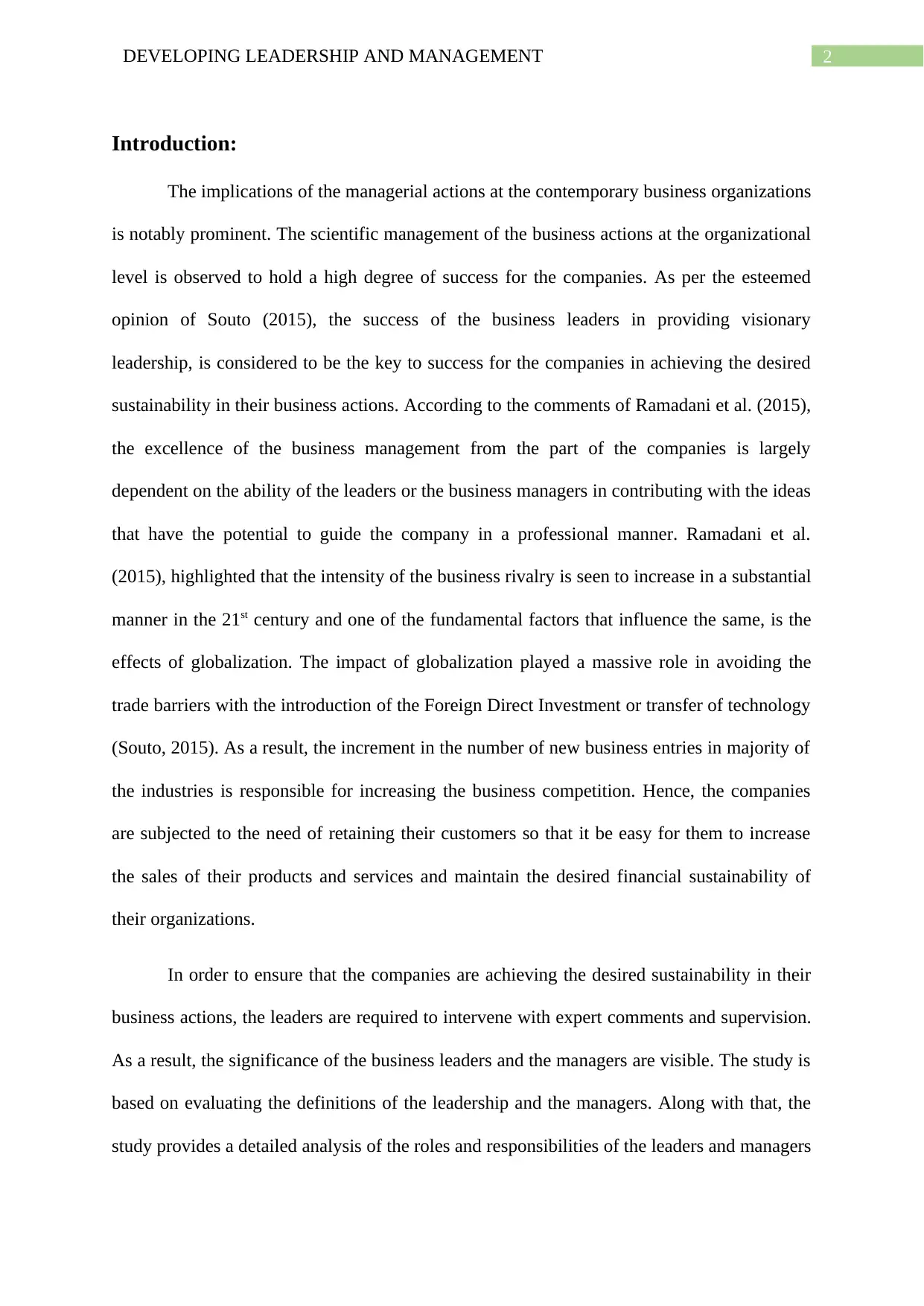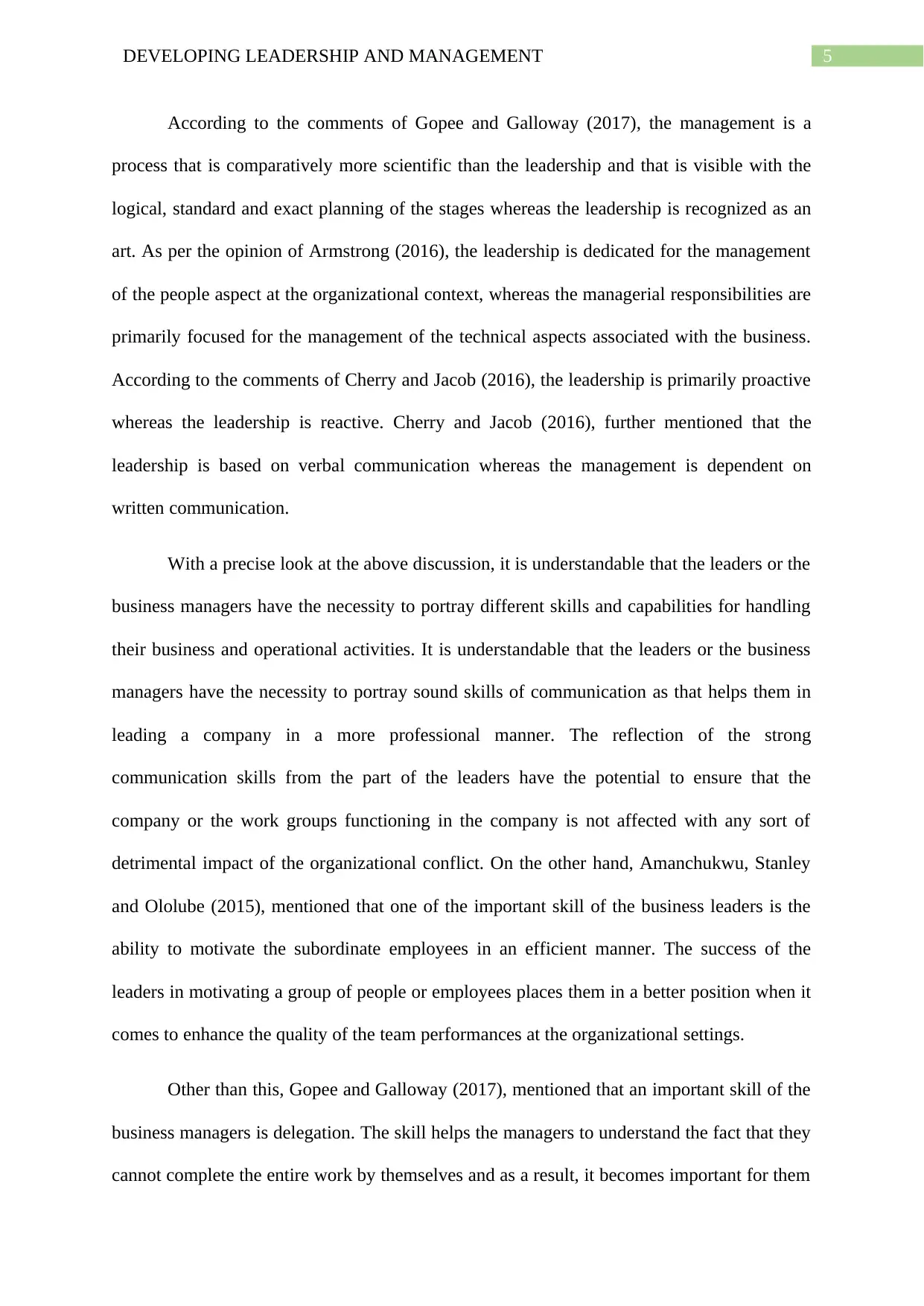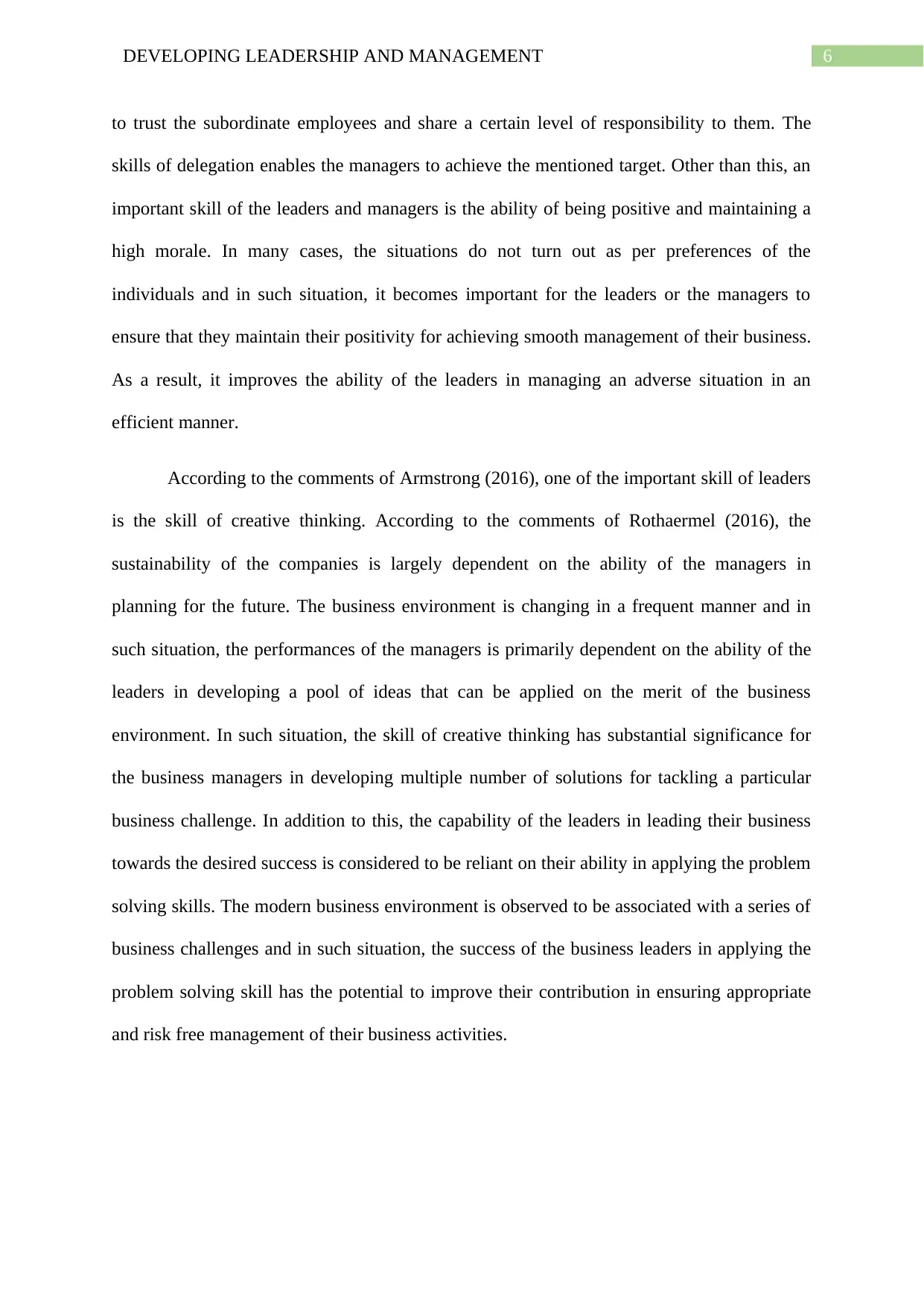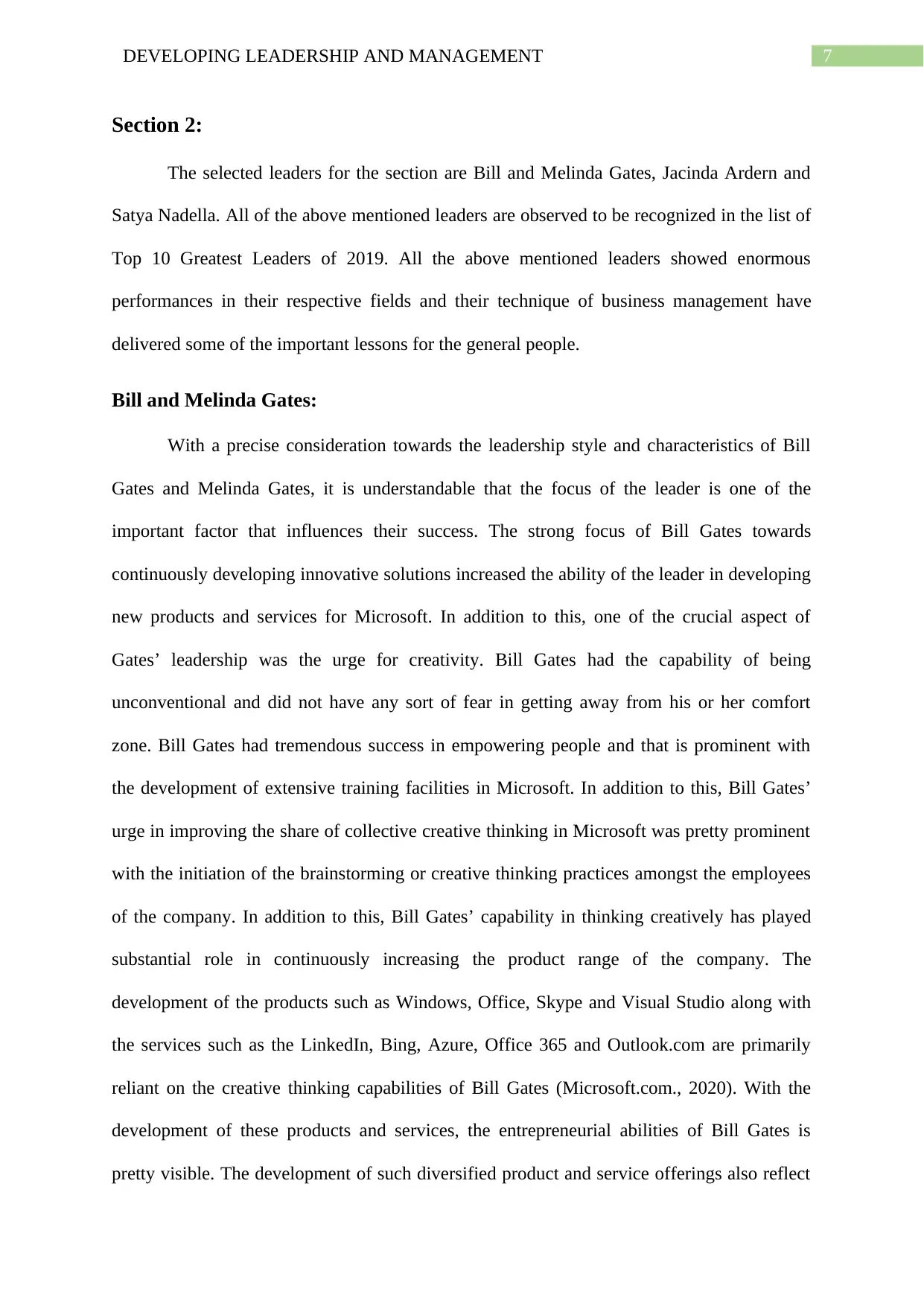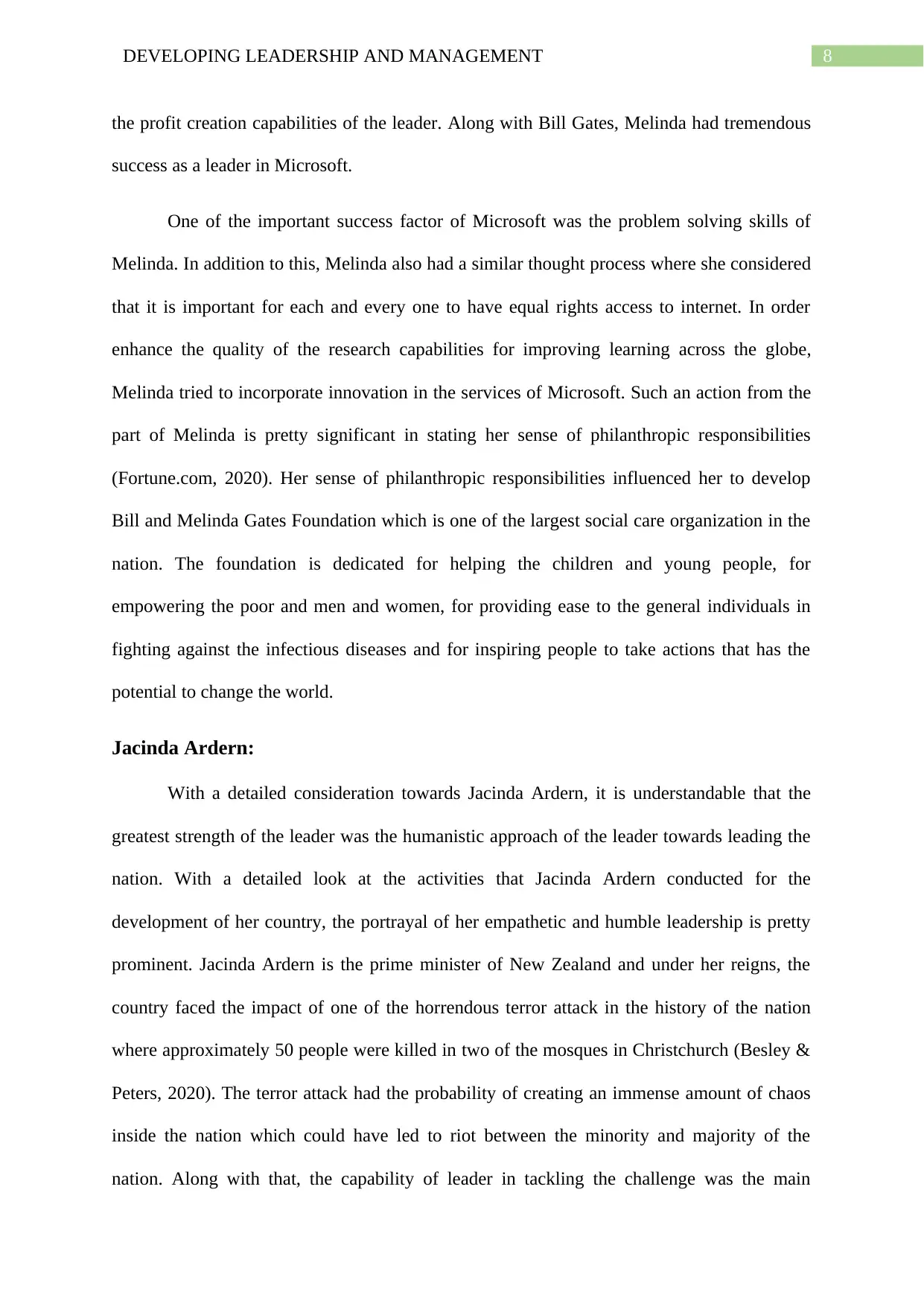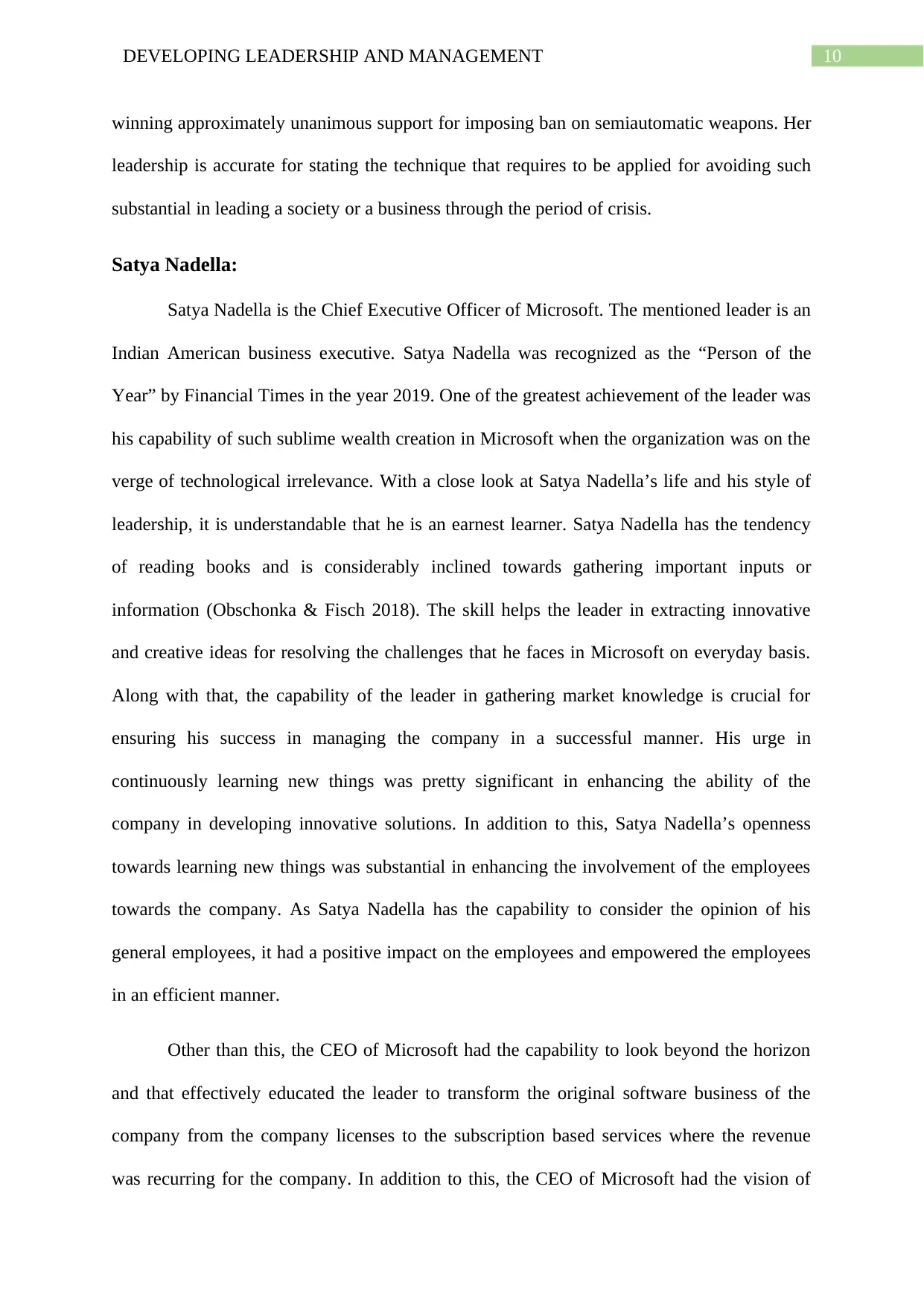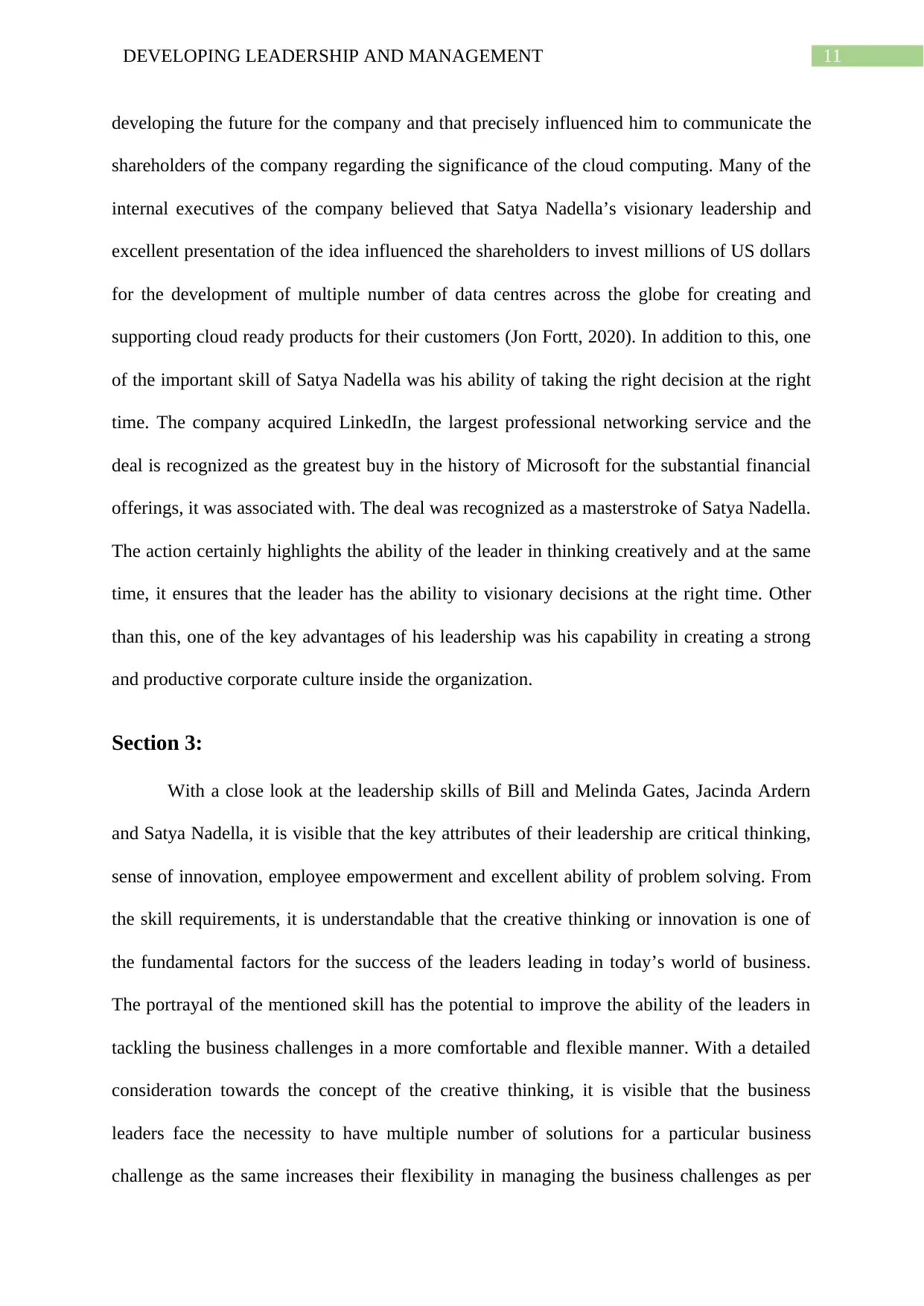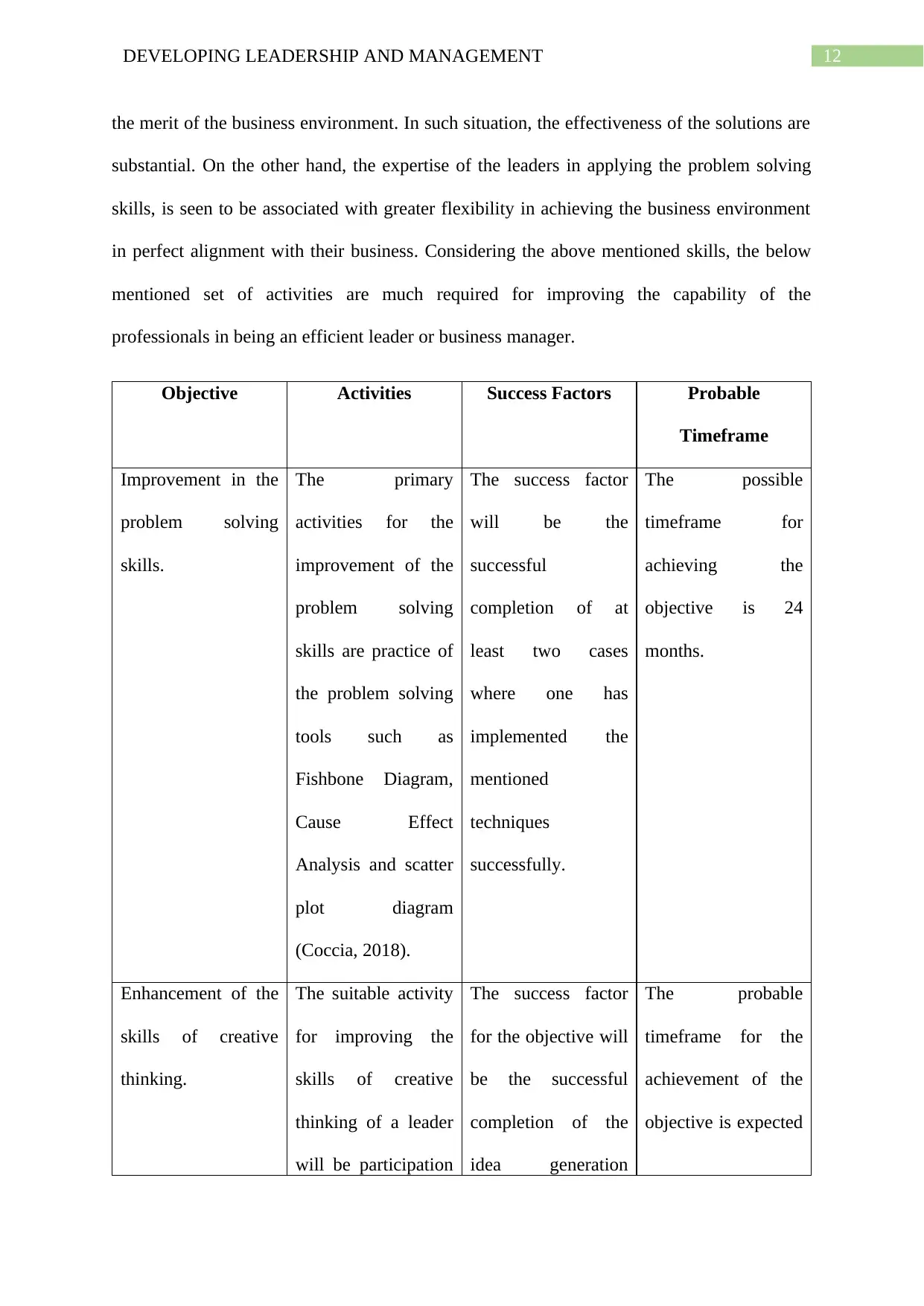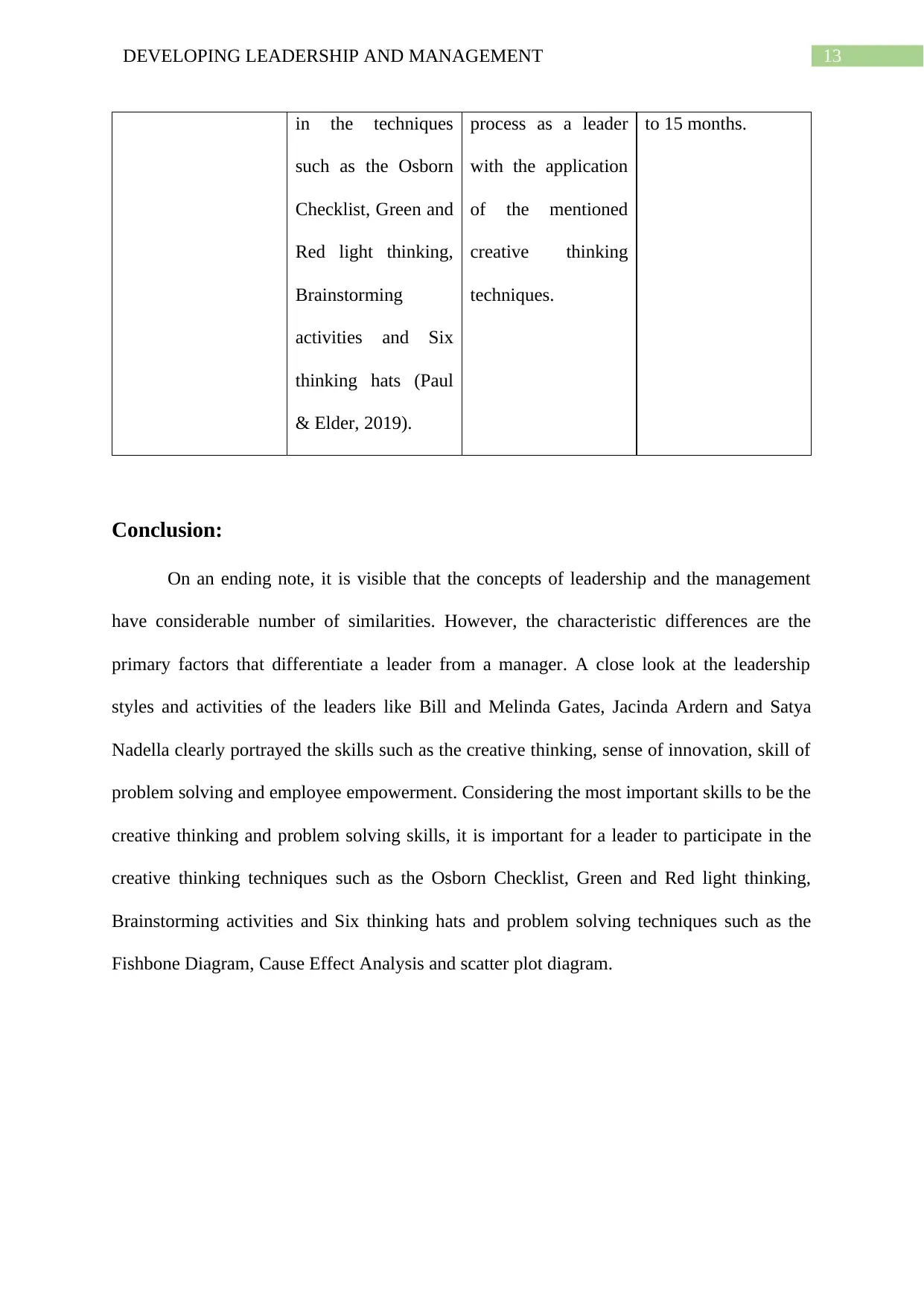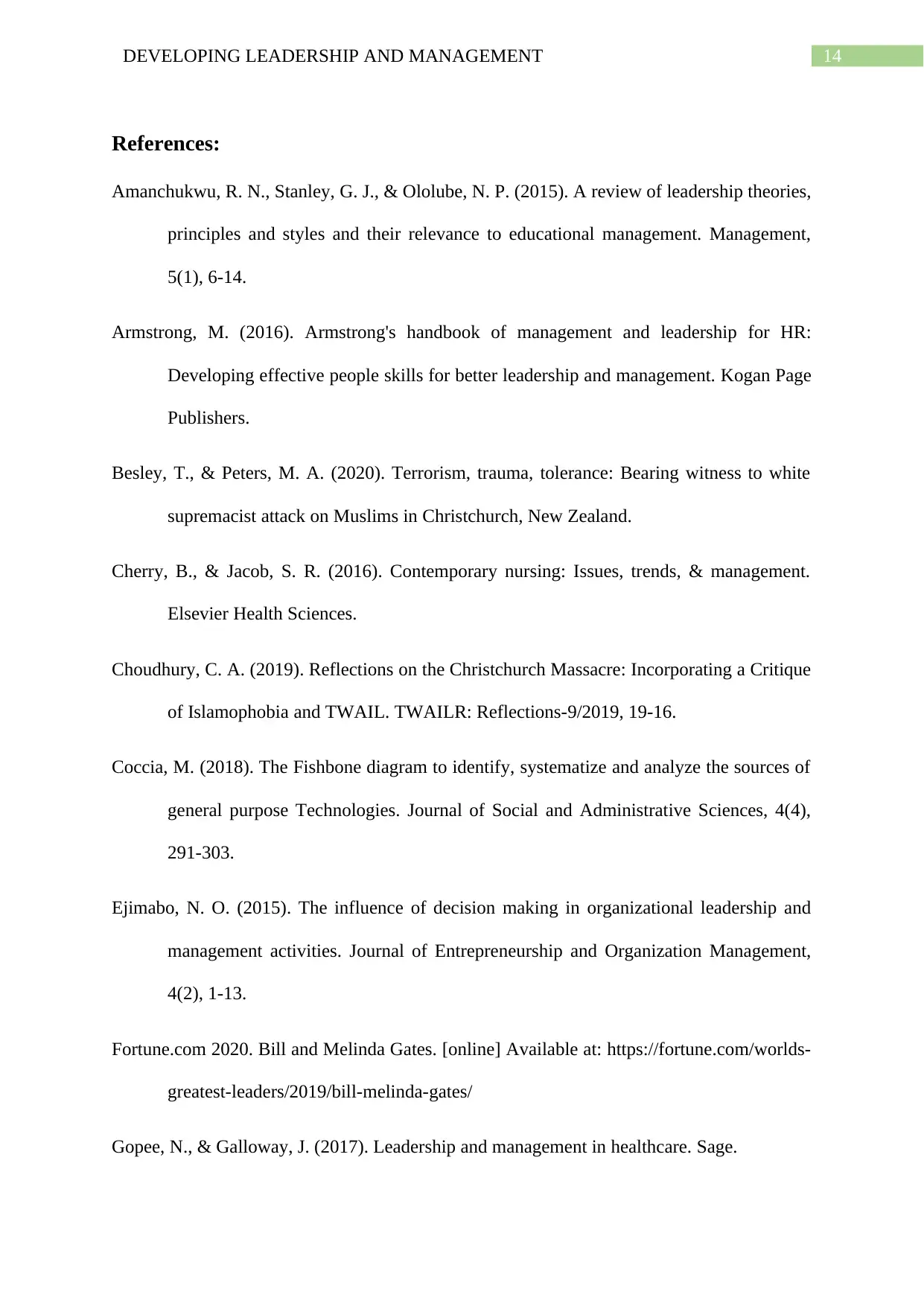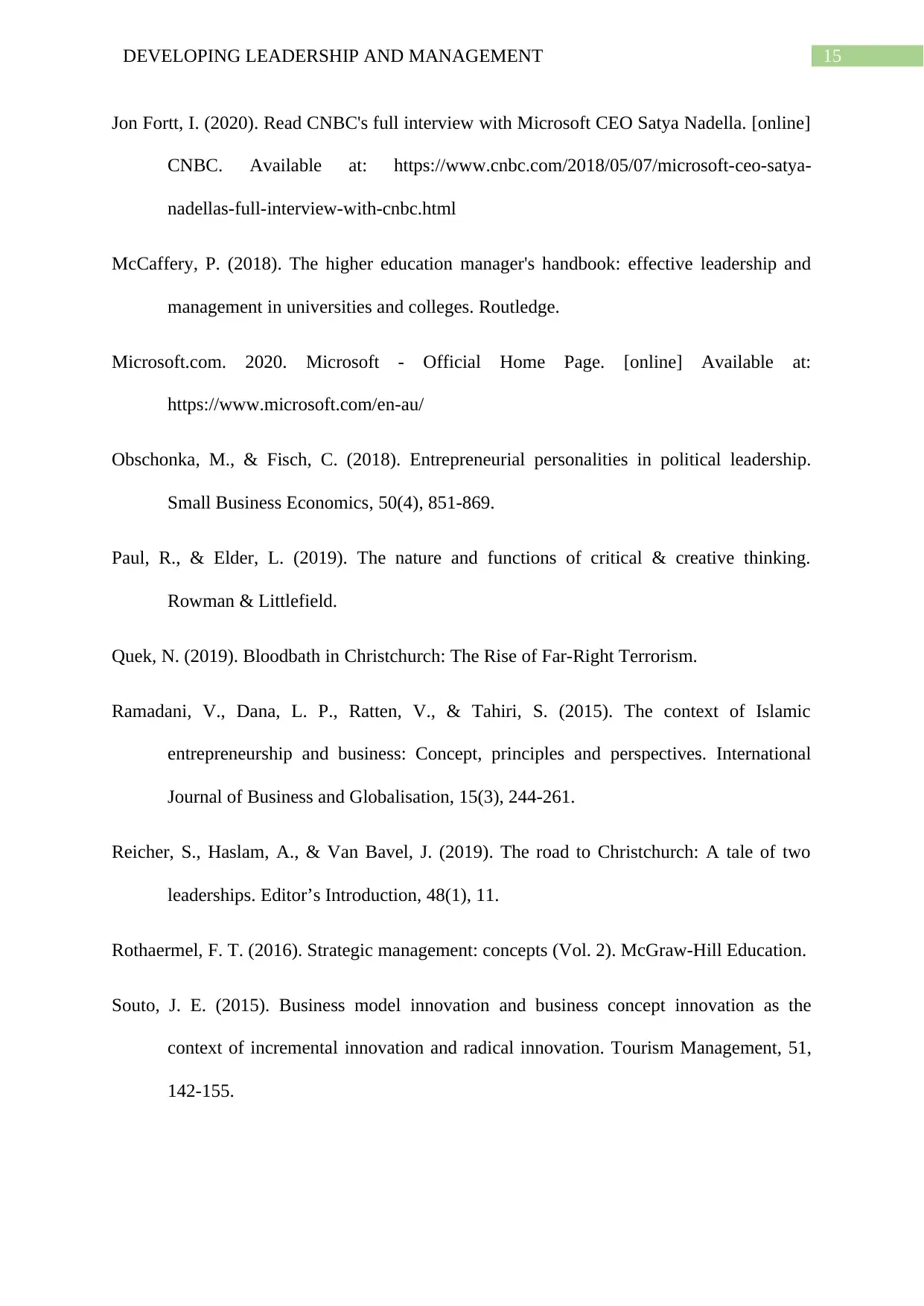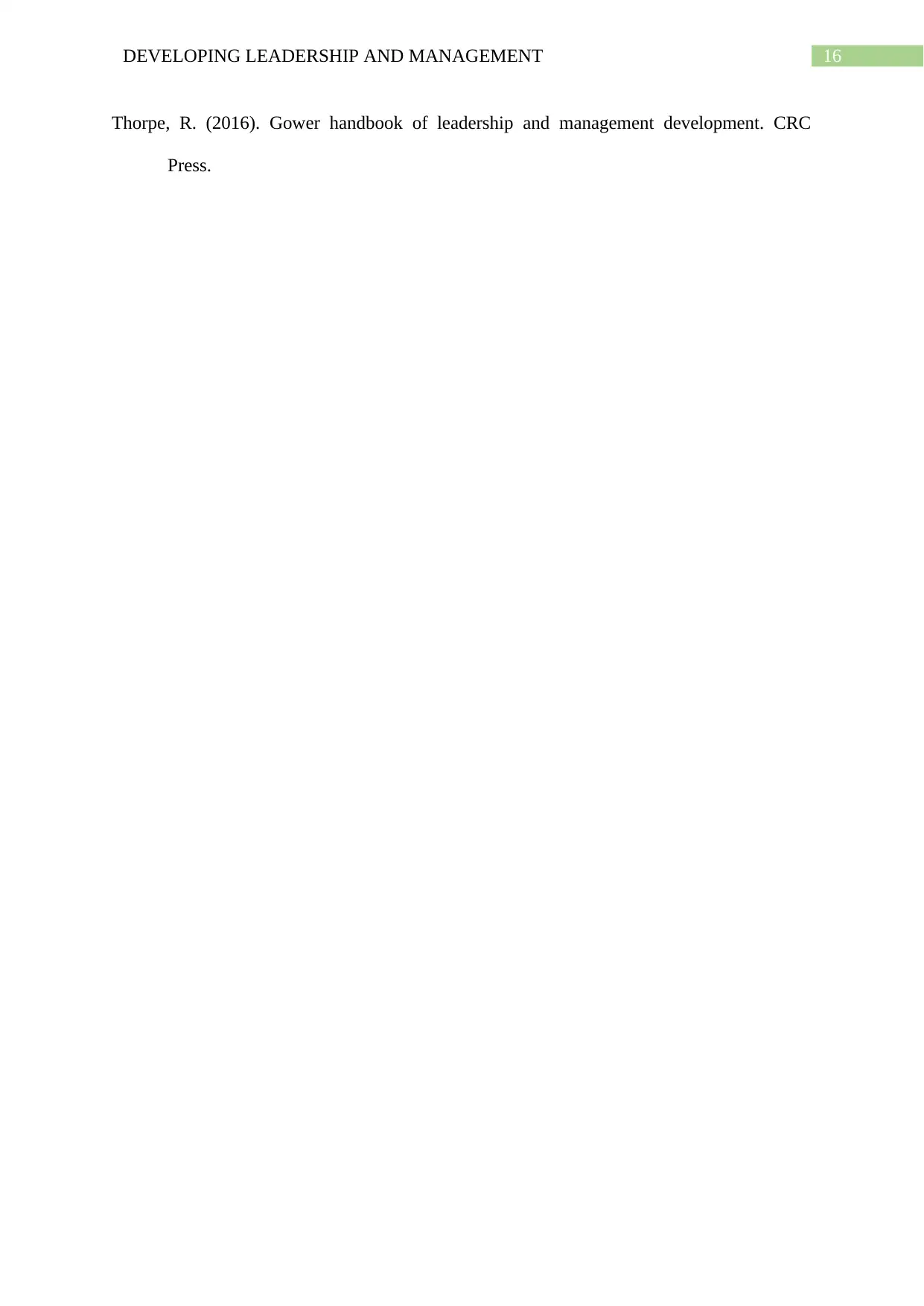6HR510 – Developing Leadership and Management Assignment Instructions 19/20 Assignment Launch: Week commencing 17th February 2020 Assignment Submission: F/T Students 23.59hr 27th March 2020 Assignment Instructions: You are required to write and submit a 3,500-word report demonstrating your understanding of contemporary leadership and management. The report is divided into three sections, which reflect the learning outcomes of the module, each section is highlighted below: Section 1: Critically evaluate the contemporary definitions of leadership and management, consider current perspectives on the roles and responsibilities of both leaders and managers generally. Section 2: Fortune recently published their ‘2019 Greatest Leaders List, the top ten of which you can find below. Using examples of three leaders from this list assess and critically compare what makes these leaders distinctly successful.
![[object Object]](/_next/static/media/star-bottom.7253800d.svg)
![[object Object]](/_next/static/media/star-bottom.7253800d.svg)
